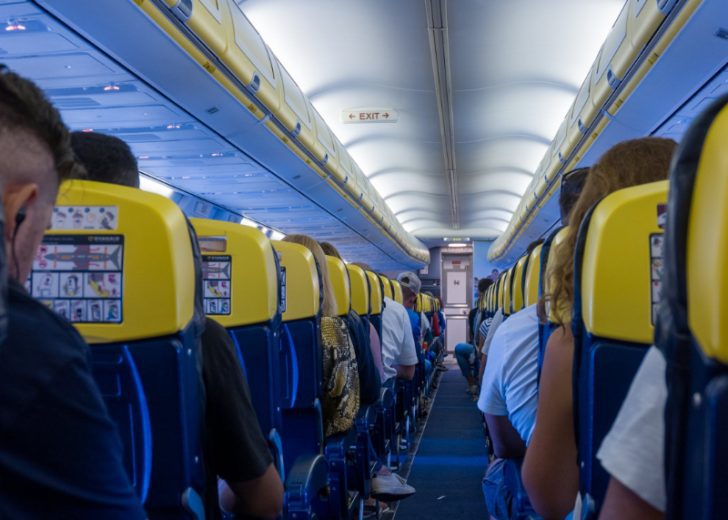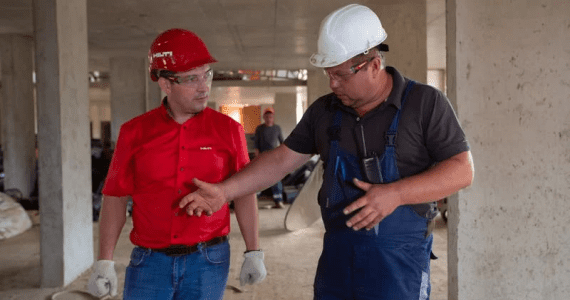Huge amounts of plastic and food waste from airplane cabins end up in landfills or incinerators. Some airlines try to tackle the complicated problem, especially on long-haul flights, and it is a major environmental problem. The staggering amount of waste from inside planes is not recycled in adding to the flight’s environmental impact. Aviation’s intensive carbon footprint is responsible for 2% of global human-caused carbon emissions. 4.3 billion passengers flew in 2018, up 6.1% from 2017, while 4.5 billion passengers flew in 2019. IATA predicts passenger numbers will double by 2037.
Waste Handling

With more people flying, waste produced on board is an environmental disaster. In 2018, airlines generated 6.7 million tons of cabin waste with the average passenger generating 3.1 pounds of waste across aviation flights. Plastic is at the root of the environmental problem globally. Only 9% of the 6.3 billion metric tons of plastic waste produced, is recycled. Plastic waste pollutes our air, water and food, and is found in the deepest parts of the ocean, to pristine mountain air, to a whale’s stomach. There’s also food waste. About 20% to 30% of total airline waste is untouched food and drink. The remnants of a plane-load of unappetizing meals go into the trash cart, destined for landfill or incineration.
Non-Segregation of Wastes

Waste is dumped into one bag without any efforts to separate, because they can’t. Once plastic is contaminated, it cannot be recycled. Plastic is used as it is light and cheap. Alternatives can be explored but there is no material to replace everything. An economy meal tray designed by Priestman Goode is made from natural materials such as rice husks, wheat bran, coffee grounds, algae, bamboo, coconut wood and banana leaf. For reusable items, materials like glass and metal cutlery are heavier, ensuring the plane burns more fuel and emits more carbon dioxide besides required cleaning with detergents and more pollution. The problem is not for airlines to solve as sustainability benefits of replacement materials remain unproven. Systems to deal with waste flows, irrespective of material, must exist not only for airplanes, but also for airports. San Francisco Airport has a zero-waste policy since ages and reduces waste to be the world’s first zero-waste airport by 2021 by diverting 90% waste from landfill and incineration and using recycled or composted materials. Hong Kong pledges to be the greenest airport in the world with an on-site anaerobic food digester to convert food waste to energy besides reducing cabin waste, using in-flight garbage separation trials.
Can Individuals Solve this Crisis?

Besides bringing our own reusable coffee cups, water bottles, and utensils, IATA recommends not storing away waste in seat pockets in front of you, refusing unwanted food and beverages and pre-ordering meals when possible. Research evidence reveals that highly enlightened citizens, who recycle at home, don’t think about it when travelling. Taking a flight is the largest contributor to an individual’s carbon footprint. Recycling and reducing plastics on planes reduce that footprint for every passenger on board. Some countries treat waste from international flights as hazardous and mandate incineration or deep burial in landfills to prevent diseases affecting animals. IATA has warned that the cabin waste levels could even double over the next ten years. Reuse and recycling plastic wastes militates with animal health regulations around the world.




